Peter Connick
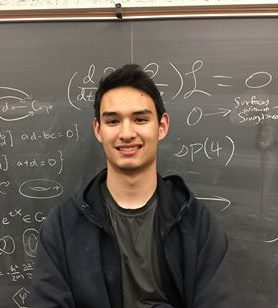
Over the summer, we propose to investigate the root multiplicities of (generalized) Kac-Moody Algebras. Our plan is to create an open-source computer package that allows for the computation of root multiplicities of Kac-Moody algebras, building upon the existing tools available to computational mathematicians, for instance, the popular library sage-math. Once we have developed and verified this package against known tables of root multiplicities, we aim to start investigating the root multiplicities of simple graphs, and attempt to address some outstanding conjectures on the distributions of root multiplicities. A greater understanding […]
Alexandra Langer
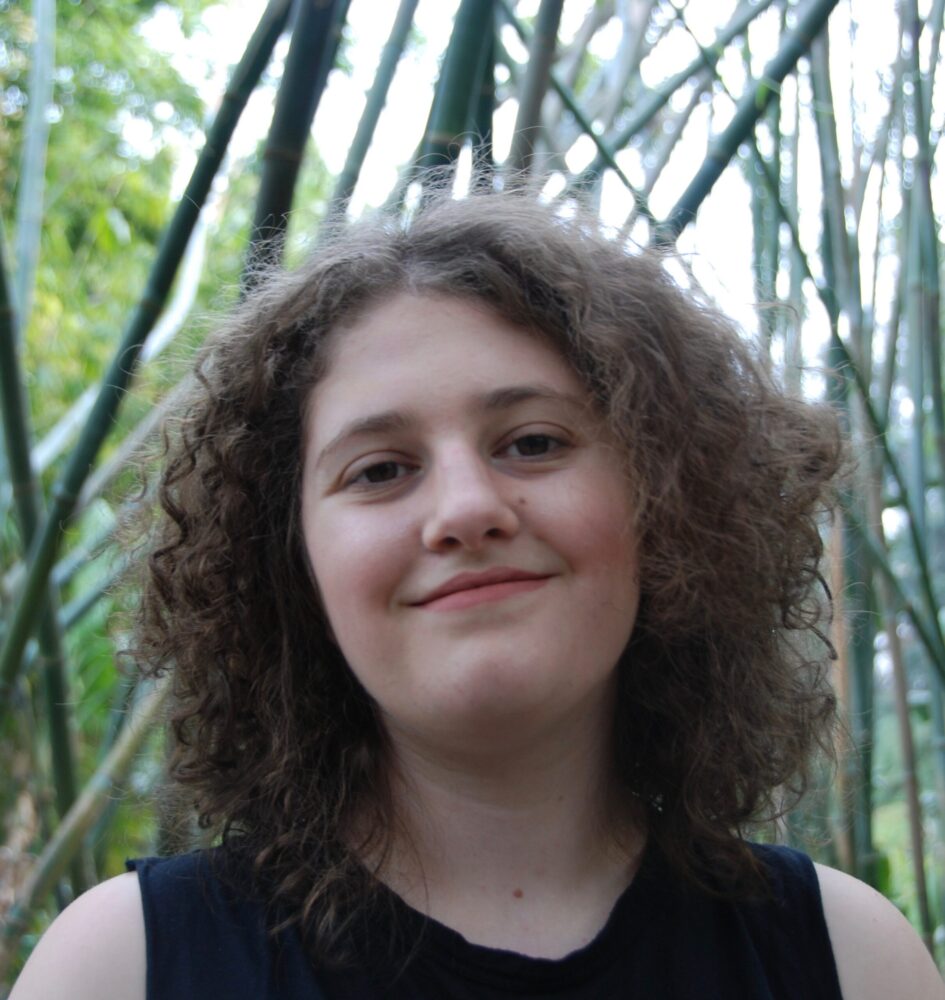
Present-day residents of St. Croix (Crucians), many of whom are descendants of enslaved Africans, regularly endure droughts and lack reliable and safe drinking water. Moreover, several of the islands natural aquafers have become contaminated with salt water, while siltation from the islands eroding landmass continues to harm nearby critical coral reef ecosystems. More recently, it has also been made clear that this small Caribbean island is highly susceptible to intense tropical weather events, with many Crucians today still suffering from the extensive water damage caused by the two category 5 […]
Zihang Wang

My research topic is inspired by the recent discovery of some novel properties in superconductivity and mott-like insulating behavior of twisted bilayer graphene (TBG). In general, there exist a variety of twisted systems that may exhibit similar behavior as TBG (such as -RuCl3). My goal is to test different twisted heterostructures optical and transport properties with a standardized exfoliation/ transfer method. Since making the twisted angle heterostructure is difficult to achieve accurately by hand, the first phase of my research is to motorize the transfer stage with full control of […]
Fran Meyer
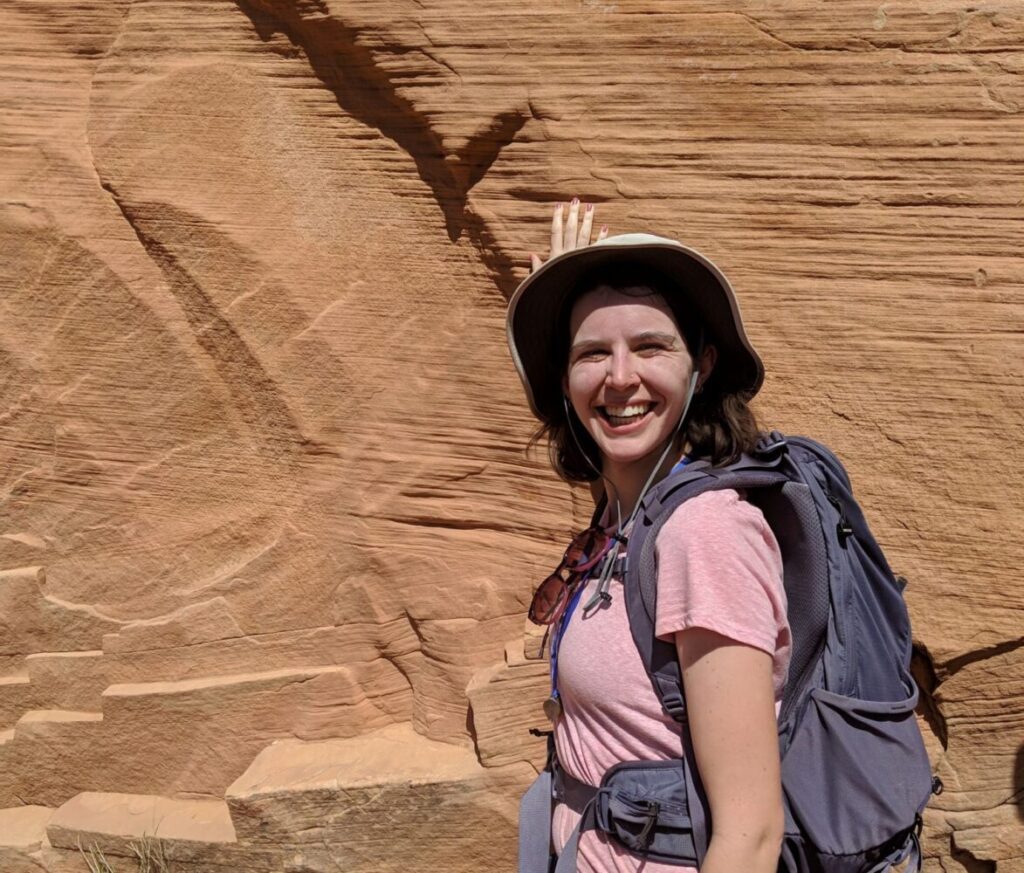
The paleoclimate of the Ordovician period (485 to 444 million years ago) is of particular interest to geologists and paleontologists because of a great biodiversification event followed by a mass extinction associated with a global glaciation. To answer why there was such a drastic change in climate, we must first understand when these trends began. While it is well-established that the beginning of the period was characterized by a warm climate and the end of the period by a major glaciation, the trajectory of cooling is poorly known. For this […]
Siddharth Chittaranjan
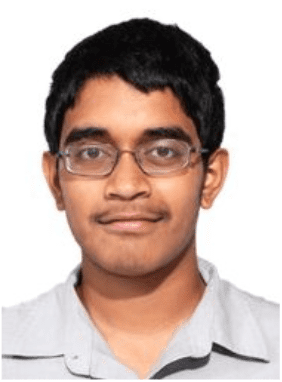
Microbes pose a wide spectrum of nonpathogenic and pathogenic challenges for the immune system. The encounters are governed by the interactions between the bacteriums adaptations and the hosts ability to mount a protective immune response. Chlamydia trachomatis (Ct) is an especially unique pathogen as the infections it causes in the genital tract are typically asymptomatic. While this suggests that Ct possesses an effective set of tools to cloak itself as a lesser threat to the immune system, these tools still vary in success, as Ct strains elicit different immune responses […]
Zihao Li

In the past few decades, due to the strict implementation of the one-child policy in China, it had been almost impossible to conduct any research related to having a second child. However, China has been gradually relaxing this policy. Since November 2011, parents who are both the only child in their families may have two children. Since December 2013, couples in which only one parent is the only child may have two children. Finally, since October 2015, all couples are allowed to have two children. This policy change provides a […]
Tia Cheunkarndee

Autophagy is a process of self-eating by which the cell targets specific cargo for degradation. While autophagy was initially believed to primarily be a response to stress or starvation, it is now known that it also plays important roles in cellular homeostasis and organismal development. This process can happen either non-selectively, where cargo is degraded randomly in bulk, or selectively, where degradation of a specific cargo, such as a protein aggregate, organelle, or pathogen, is specified by an autophagy receptor. In budding yeast, selective autophagy of the endoplasmic reticulum is […]
Jinen (Timothy) Guo
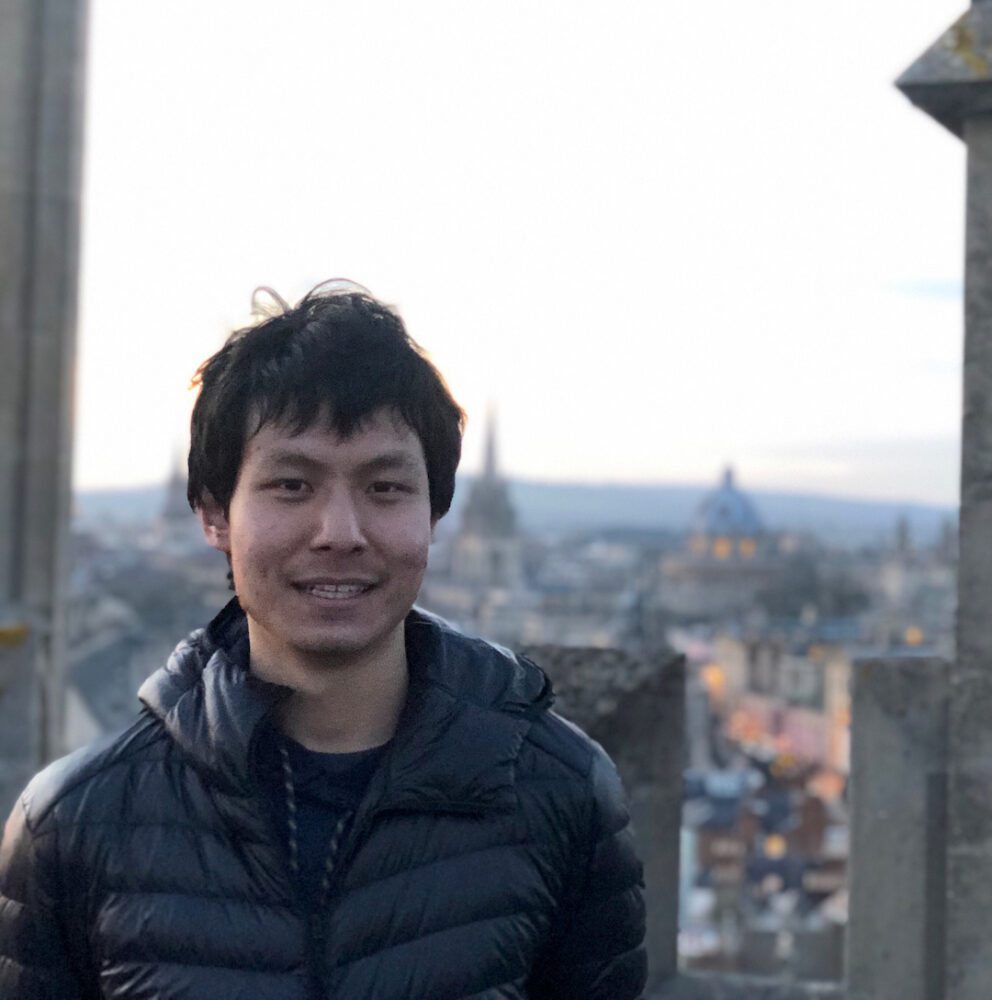
Quantum algorithms that take advantage of principles of quantum mechanics are able to solve certain problems (e.g. factorization of a large integer) much more efficiently than classical algorithms. One of the most promising candidates for qubit (the equivalent of a classical bit in quantum computing) implementation is the trapped ion. Although there have been promising results in trapped ion quantum information processing (QIP), it involves extensive use of lasers in cooling, readout, and qubit operations, which makes it challenging to scale up the system to many qubits. My research will […]
Arya Haghighi
The inhibition of glutathione, a buffer which maintains redox balance in neural cells, has recently been implicated as part of the pathology of multiple sclerosis (MS), a chronic and debilitating neurological disease. Magnetic resonance spectroscopy is a non-invasive technique which can quantitatively measure glutathione, amongst other metabolites, in the brain using the semi-localized by adiabatic selective refocusing sequence (SLASER) and J-Difference Editing (JDE). This proposal aims to apply this technique to image the concentration of various metabolites implicated in the regulation of redox potentials in the central nervous system on […]
Maryn Sanders

The unique site of Antelope Valley River near Williams, California has for a few years been a place of interest and research because of the distinct sedimentary layering and the very regular pattern of hills and hollows. In the winter of 2017, a huge storm came through the site and induced four hundred landslides. Another storm then followed in the winter of 2019 at a much lesser degree of strength compared to the 2017 storm; however, it caused only about a hundred landslides, but all in new regions. The seemingly […]